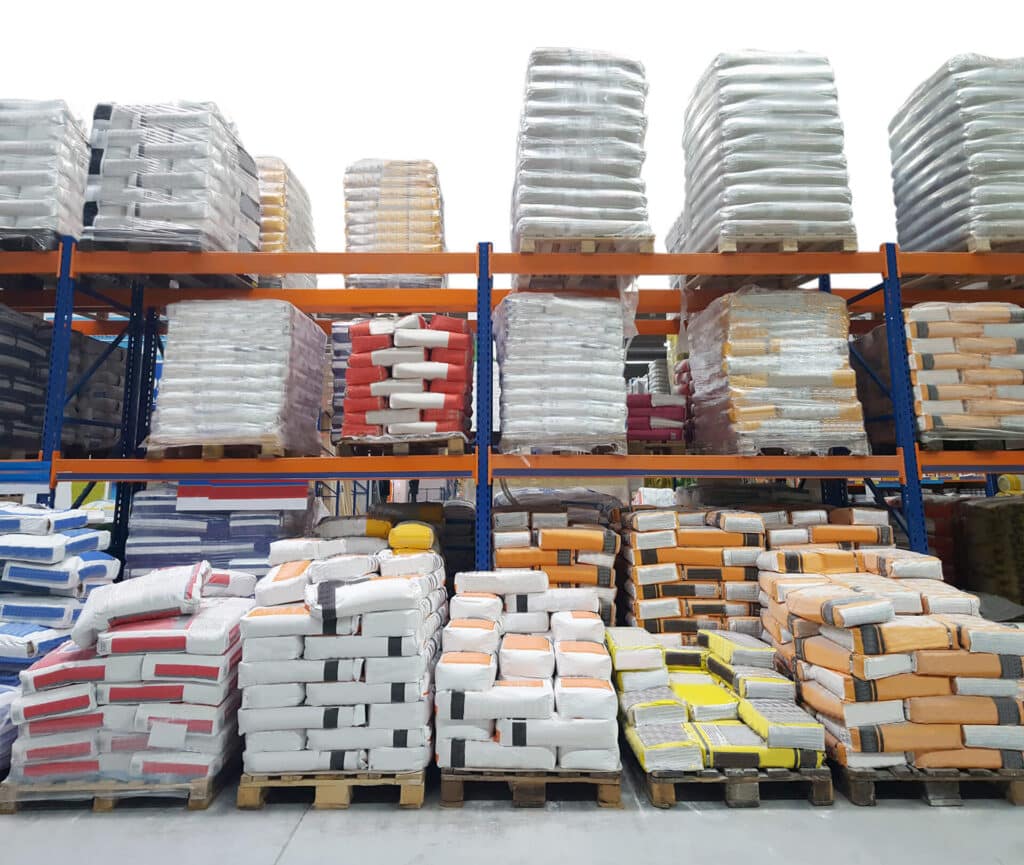In a recent post, we discussed the impacts of a broken supply chain; a lack of labor, both in quality and quantity; and inflation in the construction industry. We stated that the crystal ball for 2025 and beyond is already extremely fuzzy; however, the forecast for the future may be even more unpredictable than originally thought, given the current perfect storm of several key, complex forces.
Based on the Consumer Price Index (CPI), the overall cost of construction materials increased 41% from March 2020 to March 2022. Because of the large spectrum of materials, the effects of these increases have been highly variable. For example, the costs of iron, steel, and other specialty items more than doubled, while the costs of other products, like concrete and glass, only increased by 10 to 11%, respectively. In the summer of 2022, the rate of cost increases slowed, and many thought we may have turned the corner; however, that good news appears to have been short-lived.

As stated earlier, the uncertainties in today’s market are only increasing. While the distribution networks seem to be less congested, and products are moving faster around the globe, the economic outlook is not so straightforward.
Since March 2020, the Federal Reserve (FR) has raised interest rates by 2.75 basis points. Very recently, job numbers and unemployment have been favorable, and, in many circles, it is believed that the FR will need to continue to raise rates to get inflation to an acceptable rate of 2% and push the economy into recession.
As a result, lending institutions and developers are getting spooked, and projects that had not yet broken ground are being shelved or delayed. At the end of the day, this lowers the available workload for the construction industry and backlogs are reduced. This is especially true for those in the residential construction business who are seeing a chilling reduction in demand, along with a rapid rise in mortgage rates. This slowing demand drives prices down, which in turn impacts companies’ bids and profits.
All of the above puts exponential financial strain on construction companies. In addition, broken supply chains have now caused many firms to have to purchase materials, like iron and steel, much earlier in the process to ensure that they are available when their projects start. They are being forced to pay for these materials up-front and out-of-pocket.
Because we successfully handled similar impacts in the market during the peak of the pandemic, CapitalPlus Financial Services felt that we could help the industry by offering a materials purchasing product. With it, CapitalPlus initially buys companies’ supplies and materials and gives contractors favorable terms for repayment, which allows them to keep cash in their bank accounts and run their businesses while still having the materials sitting there ready when the job actually begins.
“We have designed this financing product so that our clients can continue to use the valued suppliers they have trusted through the years. We simply act on their behalf as the buyer, getting their products to the job site without any outlay of cash” explains Executive VP, Curt Powell. “This allows them to start their progress billing and enables them to pay us for the purchases, supplies, and materials. When possible, we bundle the purchases from several clients, getting all of them better prices.”
We are proud to have provided financial services to the construction industry for years and are even more pleased to add Material Purchasing Program to our stable of products to help our construction partners during this unpredictable economic situation.
Next Step: Material Purchasing Program – Opening up Cash Flow for Your Construction Business
Back to blog
